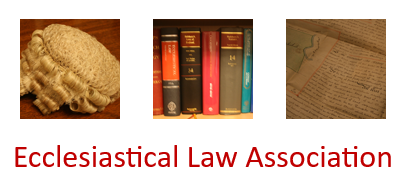Proposed redevelopment of undercroft to provide community room with supporting facilities; insertion of a lift and stairs between levels, reordering nave to restore original eighteenth century design, reinstatement of original paint scheme to chancel and ceiling; shortening of pews to facilitate usage of the area with insertion of a tea point at the west end; provision of step-free access to nave and undercroft levels including new ramps and terrace; Re St Alkmund, Duffield [2013] Fam 158 principles considered; Grade 1 listed building; extensive consultations, including CBC, HE, Georgian Group (GG), Victorian Society (VS) and local community; no formal objections; some harm arising from undercroft proposals but not serious when set against prospective benefits; air source heat pump system; reinstatement of C18th design and décor; VS concerns as to loss of ‘Withers’ floor considered, but alteration to ‘Gibbs’ design approved; visual impact of external ramps considered, comments of HE, GG and CBC considered; ramps considered to offer accessibility benefits outweighing prospective harm; Faculty granted subject to conditions requiring review and approval by DAC of detailed matters and proof of financial viability; regard to be had to NCZ and planning conditions.

